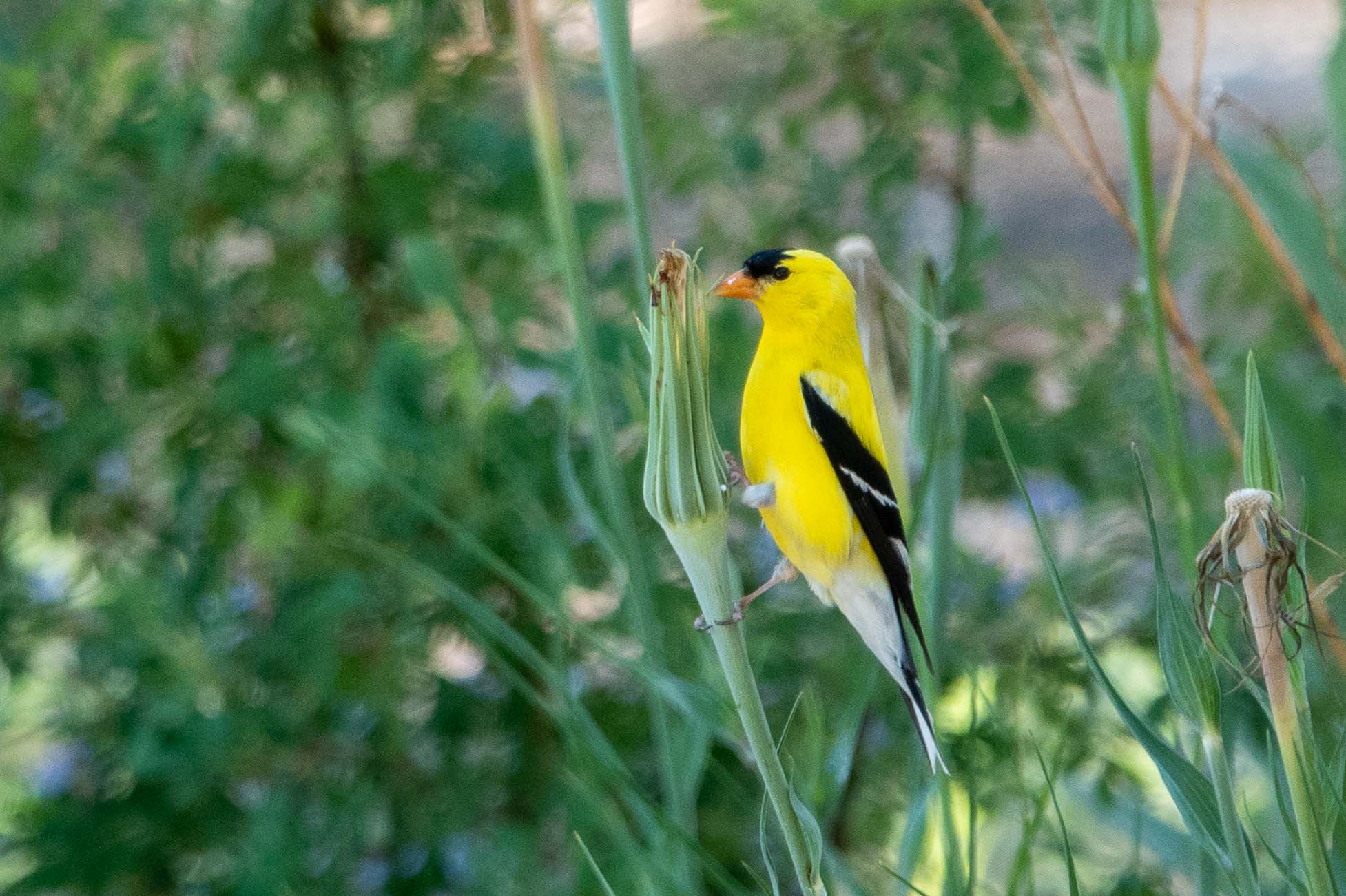The Americanfinch, a small but vibrant bird, calls Arizona one of its many homes. Known for its distinct appearance and melodic songs, this bird captures the hearts of nature enthusiasts. Found across North America, the American Goldfinch offers a touch of color and life to Arizona’s diverse environments. Let’s explore its fascinating world through various lenses.
Quick Facts
- Scientific Name: Spinus tristis
- Length: 11-14 cm (4.3-5.5 inches)
- Wingspan: 19-22 cm (7.5-8.7 inches)
- Diet: Primarily seeds, especially from thistles and sunflowers
- Conservation Status: Least Concern
Subspecies Information
The American Goldfinch includes several subspecies, with the key ones noted below:
- Eastern Goldfinch (S. t. tristis): This subspecies is the most widespread, covering a vast range from southern Canada to the Carolinas.
- Pale Goldfinch (S. t. pallidus): Known for its lighter coloration and pronounced white markings.
- Northwestern Goldfinch (S. t. jewetti): Smaller and darker, this bird inhabits areas from British Columbia to central California.
- Willow Goldfinch (S. t. salicamans): Found west of the Sierra Nevada during summer.
Physical Dimensions
The American Goldfinch measures 11-14 cm (4.3-5.5 inches) in length and has a wingspan of 19-22 cm (7.5-8.7 inches). It weighs between 11-20 grams (0.39-0.71 ounces), making it a small yet noticeable bird.
Identification
To identify an American Goldfinch, look for its distinctive coloration:
- Males: Vibrant lemon-yellow bodies with a striking black cap and white rump during the breeding season.
- Females: Duller brown with a lighter underside and yellowish bib. Their plumage becomes less bright in winter, resembling the male’s non-breeding colors.
- Both Sexes: Small, conical, pink beak that turns bright orange during spring molts.
Local Habitats
In Arizona, American Goldfinches are often spotted in:
- Tucson: Especially in gardens and parks during migration.
- Phoenix: Found around residential areas with bird feeders.
- Flagstaff: Prefers open fields and meadows.
Natural Habitat
The American Goldfinch thrives in areas dominated by weeds and plants. Typical habitats include:
- Open fields and meadows
- Roadsides
- Orchards
- Gardens across residential zones
What They Eat
Primarily granivorous, the American Goldfinch’s diet includes seeds from:
- Thistles
- Sunflowers
- Dandelions
- Alder and birch trees use their conical beaks in winter to deftly extract seeds while perched on stems.
Migratory Behavior
American Goldfinches are partial migrants. In Arizona:
- Summer: Many migrate from northern regions.
- Winter: Some continue south to Mexico, while others stay if food is abundant.
Conservation Status
The American Goldfinch currently holds a conservation status of “Least Concern.” While generally not threatened, habitat destruction and pesticide use can impact their populations. Conservation efforts focus on maintaining natural invasive plant habitats and minimizing chemical usage.


